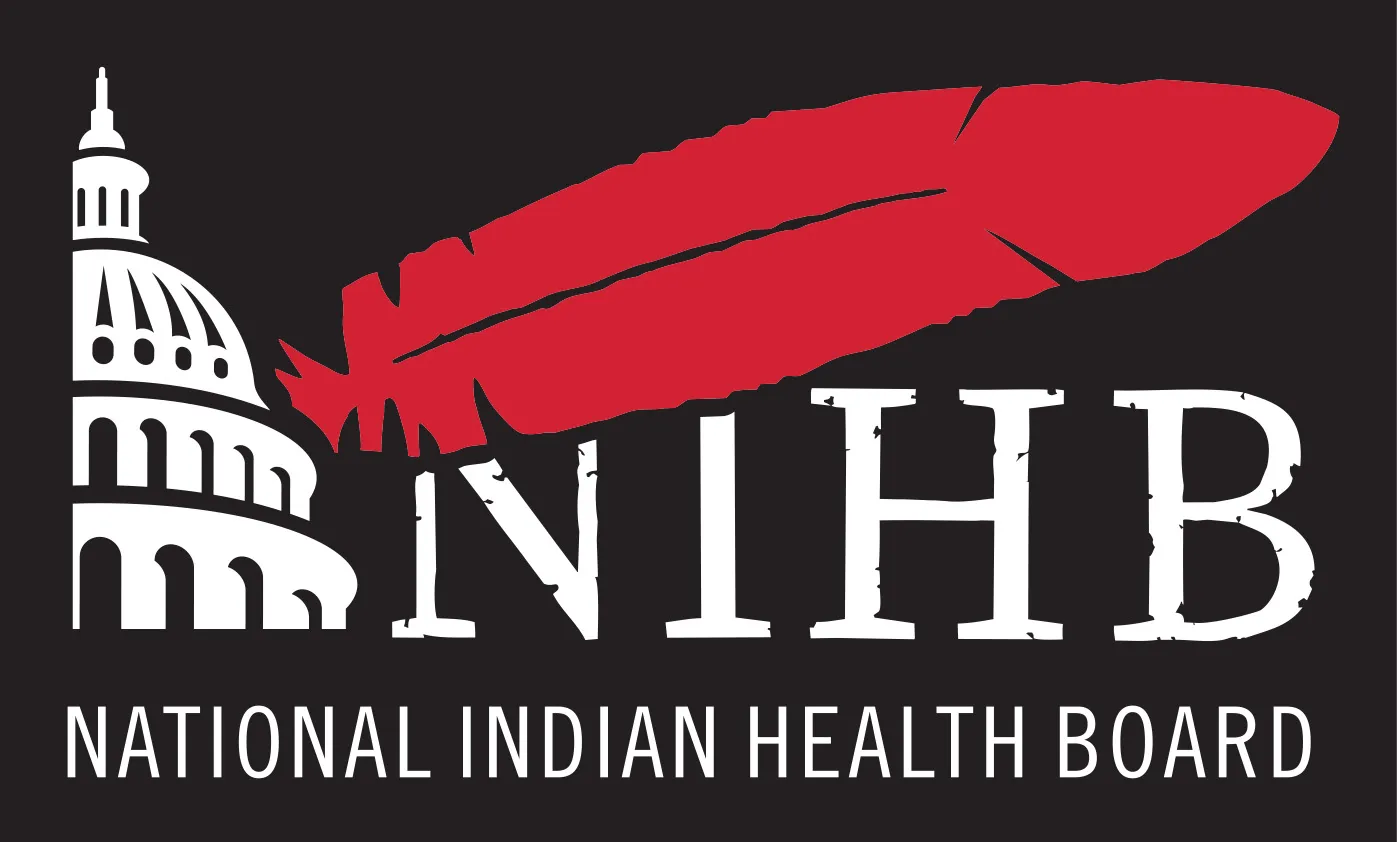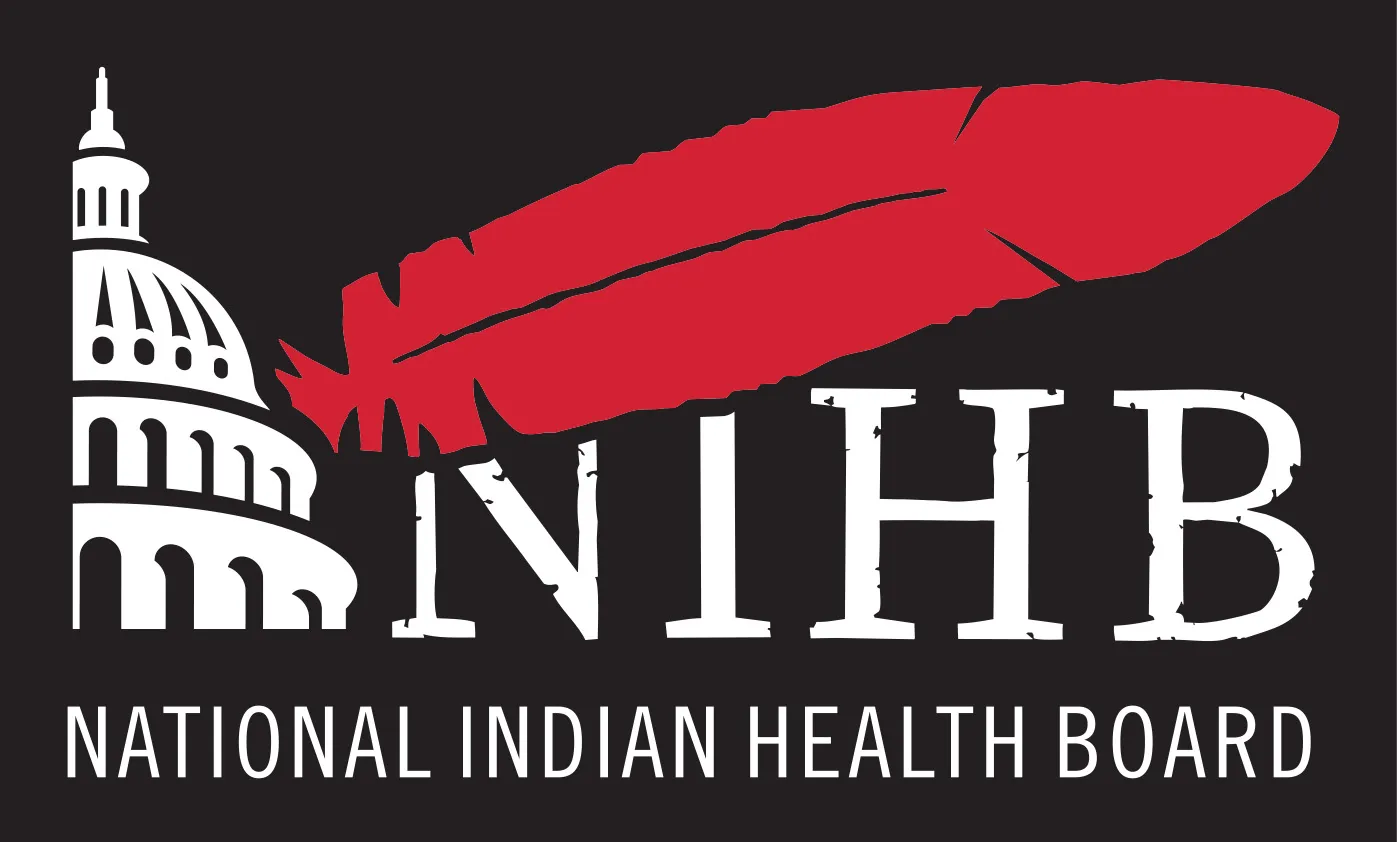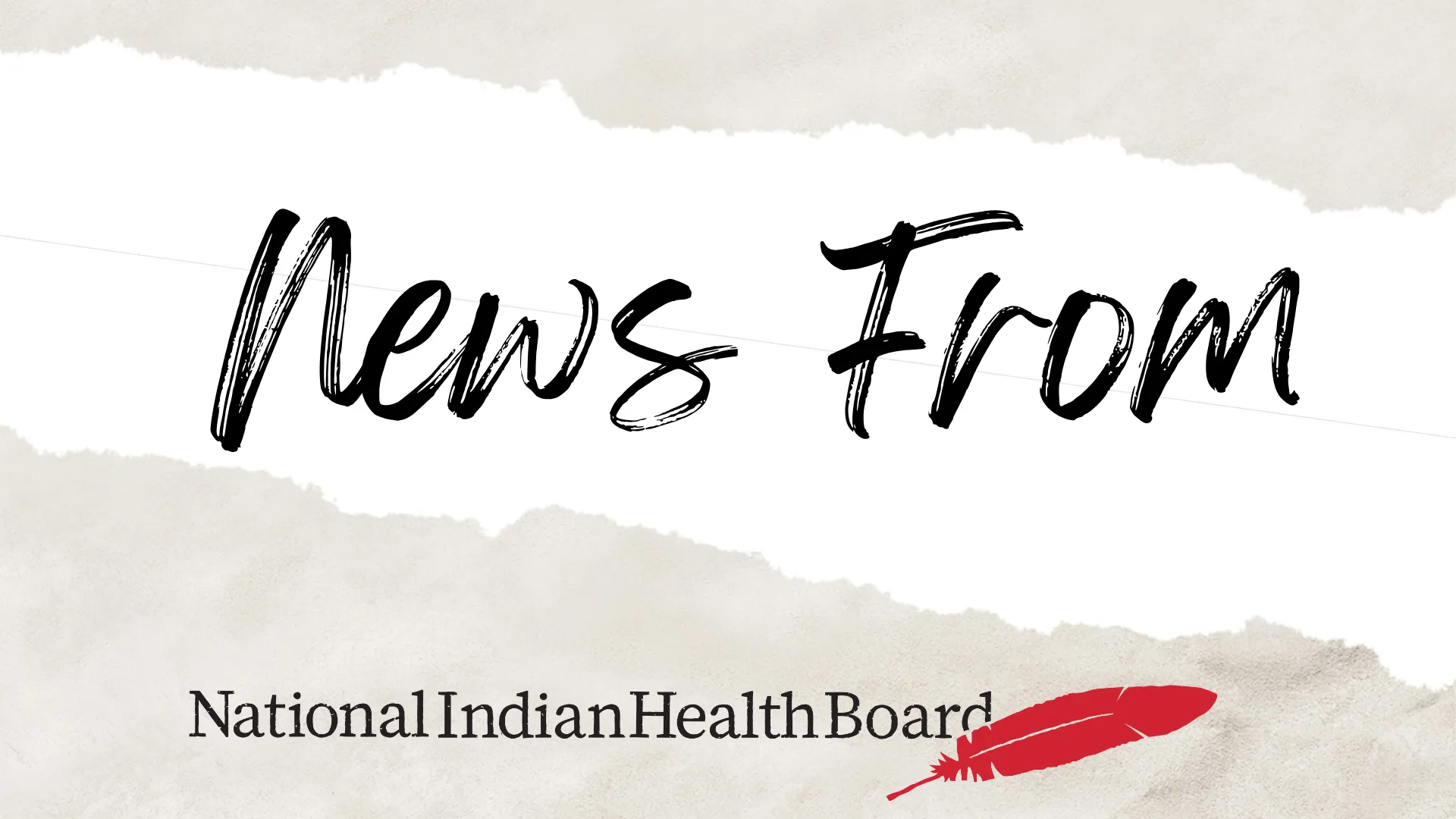“Hold on to what is good, Even if it’s a handful of earth. Hold on to what you believe, Even if it’s a tree that stands by itself. Hold on to what you must do, Even if it’s a long way from here. Hold on to your life, Even if it’s easier to let go. Hold on to my hand, Even if someday I’ll be gone away from you.” – Crowfoot, Blackfoot Warrior and Orator, 1830 – 1890
Prior to colonization, Indigenous peoples across North America maintained health and wellness for thousands of years through traditional practices. Culture served as the key protective factor and primary prevention for many mental health and substance use disorders. Historically, traditional healing and culturally centered ways of living provided holistic mental wellness. Forced assimilation policies and programs harmed Tribes and created behavioral health disparities and negative health outcomes. Colonization had a devastating impact on eroding Native culture through government policies that still have impact today. Today, many individuals, families, and communities have been impacted by experiences causing physical and mental health adversities throughout their lifespan but still continue to rely on their culture.
Culture itself can be defined in multiple ways: it is the customs, arts, social institutions, and achievements of a particular group; the way of life for an entire society; or what guides an individual and community. Within Native cultures are the elements needed for recovery and wellness. Whether it is dancing at a powwow, learning to basketweave with an elder, or practicing medicine, there is strength in embracing cultural values. Involvement in your Tribal community can relieve stress and anxiety, as well as allow you to connect with your culture, promoting cultural engagement.
The lived experiences of American Indian and Alaska Native (AI/AN) historical trauma and adversity have contemporary descriptions and diagnoses: adverse childhood experiences, post-traumatic stress disorder, substance use disorders, and suicidal ideation— all of which have accompanying strategies for prevention, treatment, and recovery. Without appropriate treatments early, behavioral health concerns can become compounding comorbidities putting further strain on both the behavioral and medical health resources on which our communities depend.
Many barriers impact access, quality, and availability of health, behavioral health, and related services for AI/AN people. These issues include provider and personnel shortages, limited resources, and obtaining services without traveling great distances. Additionally, there are concerns related to funding, such as amounts, distribution mechanisms, allocations, sufficiency, and reporting requirements.
Just as federal policy and programs once sought to eradicate AI/AN identity, there must be an equally vigorous contemporary response that assists in reconnection and revitalization of identity. NIHB will work to strengthen and assess the availability of critical services, gaps in services, and opportunities for improvement to meet community needs. Additionally, we will advance Tribal and federal strategic efforts and programs to provide existing pathways to build or expand strategies that more effectively address healing from trauma.






